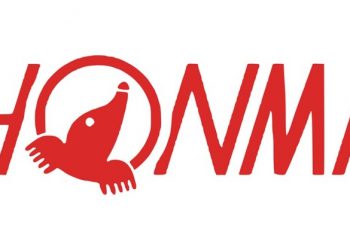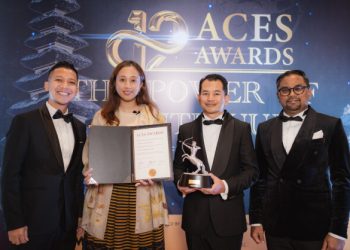Every year, American universities spend millions of dollars patenting inventions developed on their campuses. Big names such as Stanford and the University of California system lead the pack in patent activity, but hundreds of other universities are also trying to strike gold by monetizing intellectual property. The idea is simple: By investing in patents and selling or licensing them to industry, the university will profit.
But in practice, this strategy rarely pays off.
Indeed, the results of a recent study I conducted using full-cost accounting shows the average American research university is losing millions of dollars on patents annually. One school I examined as a case study lost a staggering $9 million on intellectual property investments in one year.
These findings come at a critical moment. Universities across the U.S. are under serious financial strain and at risk of losing federal funding under the current administration. Speaking as an engineer and innovation expert, I believe universities can no longer afford to be losing money on schemes meant to generate revenue.
How universities got into the patent business
The current system was born out of the 1980 Bayh-Dole Act, which standardized federal policy to encourage university grant recipients to patent their inventions. The goal was to commercialize taxpayer-funded research and to make universities money in the process.
One result was the rapid expansion of technology transfer offices at universities across the country. These offices are designed to support the commercialization of academic research and development.
On the surface, this strategy might seem promising. Years of data from the Association of University Technology Managers, which surveys tech transfer offices, suggested large, growing revenues from licensing intellectual property.
But there’s a major caveat: It costs money for a university to do all this, and the association’s figures don’t take all of those costs into account. They exclude big expenses such as the costs of running technology transfer offices and litigation. When these are included, previous research has shown, just under half of the tech transfer offices pay for themselves.
And even these analyses are incomplete, as they ignore the opportunity costs to faculty participating in the time-consuming patenting process. After all, every hour a professor spends on patenting is an hour not spent writing grant proposals.
This raises a crucial question: Do university investments in patenting, taking into account all the costs, actually deliver a positive return on investment?
To answer this, I developed a formula to determine exactly how much universities spend in patenting, including the costs of faculty time. I then applied that formula to an average R1 research university − about halfway down the list of annual National Science Foundation funding − using real numbers.
The hidden cost of faculty time
For the case study university, I found that every single cost category exceeded the intellectual property-related income. The opportunity cost for writing patents instead of grants was more than 33 times the income realized.
This means that the average U.S. university is literally losing millions of dollars pursuing patents. Research universities could increase research income by simply ignoring intellectual property entirely.
Using this full-cost accounting method is something university administrators would be wise to consider in their decision-making, given the real opportunity costs of faculty time.
Administrators may argue that because faculty are salaried, there’s no additional cost to making them spend time writing patents. But this ignores reality: Faculty are among the university’s most productive assets. They generate income through tuition and research grants. Their time isn’t free − and using it inefficiently can come at a steep cost.
My study looked only at one university that happens to have a very high invention disclosure rate and would, if viewed from afar, seem to be doing really well on intellectual property investment. When all costs are accounted for the university, it becomes apparent that its intellectual property policy is causing the school to hemorrhage money.
The easy-to-follow methodology I set up can be used by any university to determine its intellectual property’s real return on income. Each university will be slightly different, but for the vast majority, the return on investment will be strongly negative.
As the costs of university education become increasingly challenging for many Americans, I think it’s time to take a hard look at university “investments” in technology transfer with a negative return.
![]()
Joshua M. Pearce has received funding for research from the Natural Sciences and Engineering Research Council of Canada, the Canada Foundation for Innovation, Mitacs, the U.S. Department of Energy and the Advanced Research Projects Agency-Energy, U.S. Department of Defense, The Defense Advanced Research Projects Agency, and the National Science Foundation. His past and present consulting work and research is funded by the United Nations, the National Academies of Science, Engineering and Medicine, and many companies in the energy and solar photovoltaic fields. He does not have any direct conflicts of interest.












